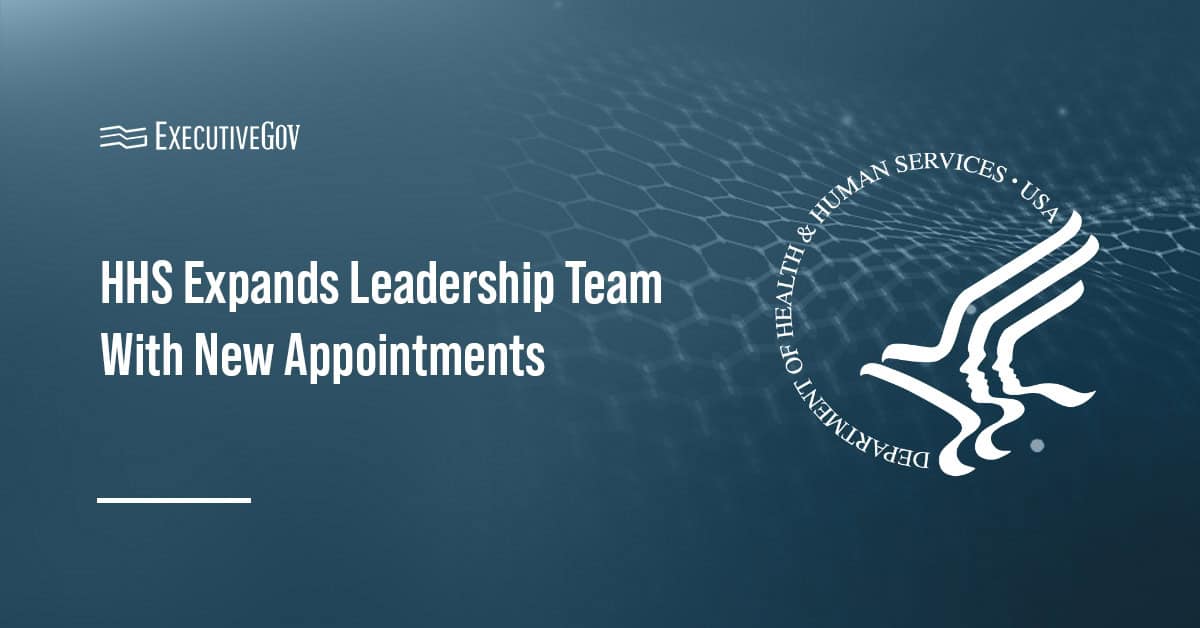 The Defense Department collected nearly $14 million for a federal workplace campaign in 2016, the biggest agency contributor of the past year’s campaign, DoD News reported Thursday.
The Defense Department collected nearly $14 million for a federal workplace campaign in 2016, the biggest agency contributor of the past year’s campaign, DoD News reported Thursday.Deputy Defense Secretary Bob Work said at a Pentagon awards ceremony that DoD accounted for 40 percent of total federal agency contributions to the 2016 Combined Federal Campaign, Terri Moon Cronk wrote.
“CFC works at every single base, every single station all around the world, and they really, really helped us,” said Work.
DoD exceeded its $9 million goal by more than $5 million and overseas CFC personnel raised $4.7 million of the department’s overall contributions, Cronk reported.
CFC is an annual charity campaign that collects pledges from federal civilian, postal and military donors to support non-profit organizations that provide health and human services worldwide.





